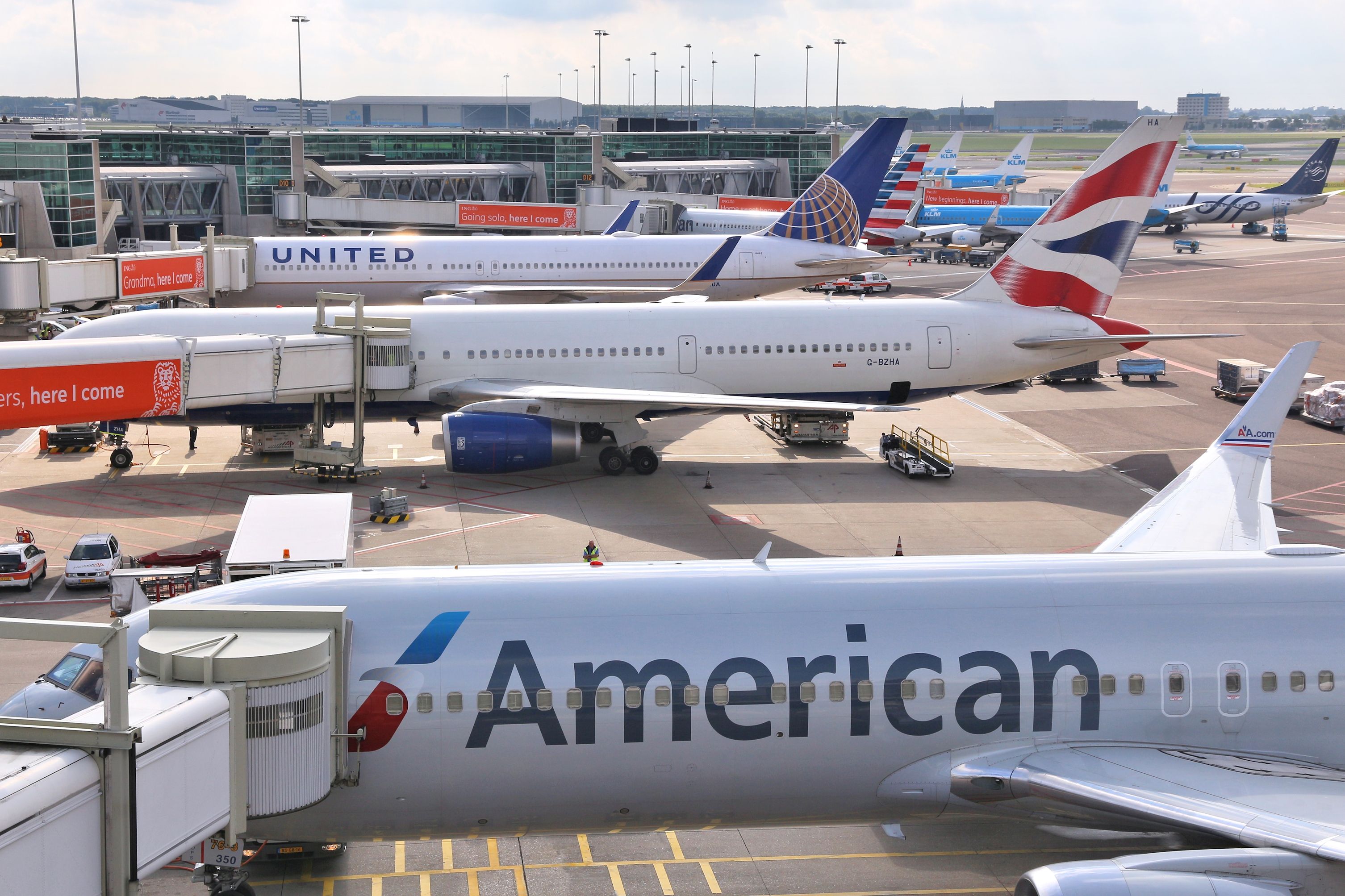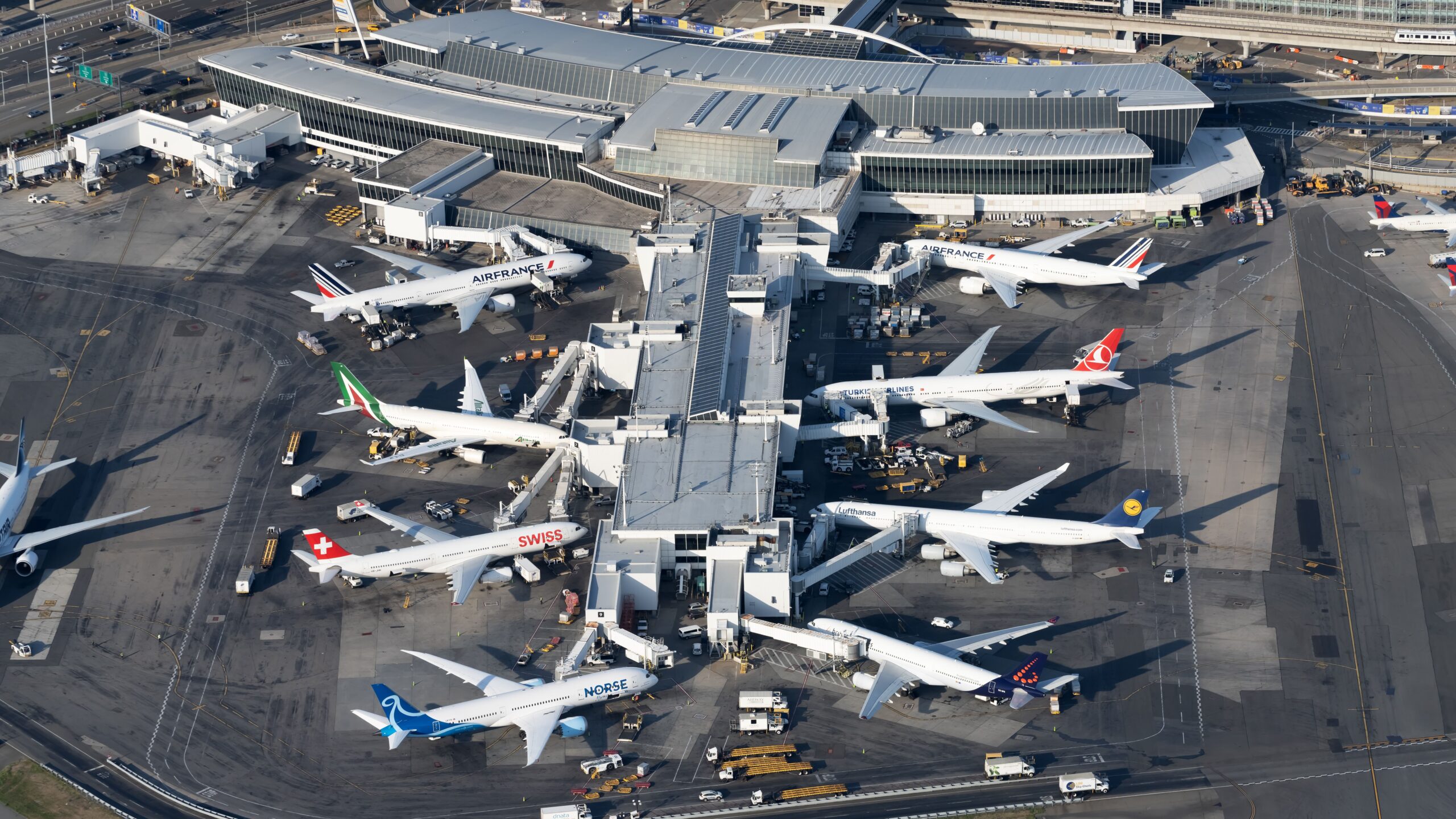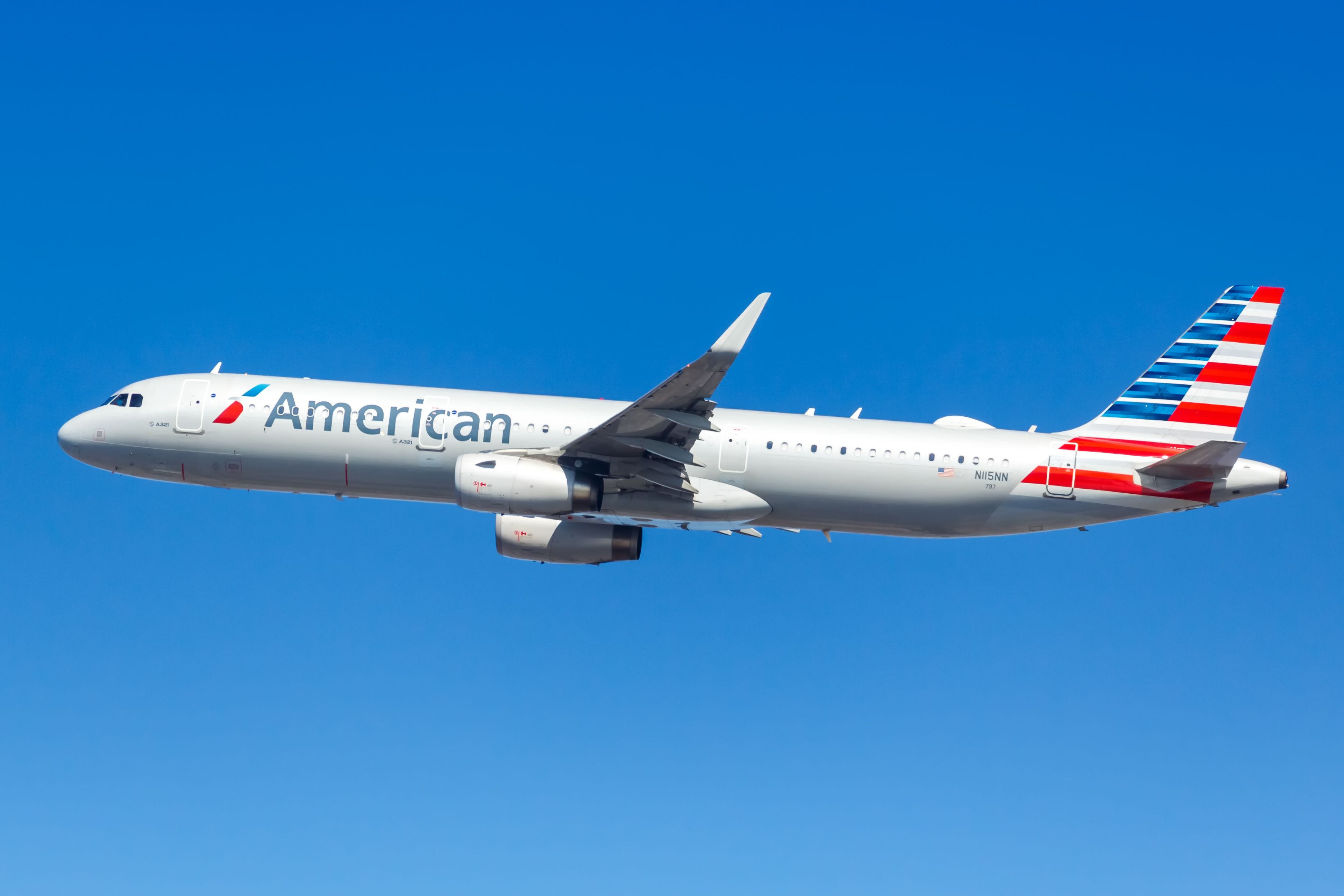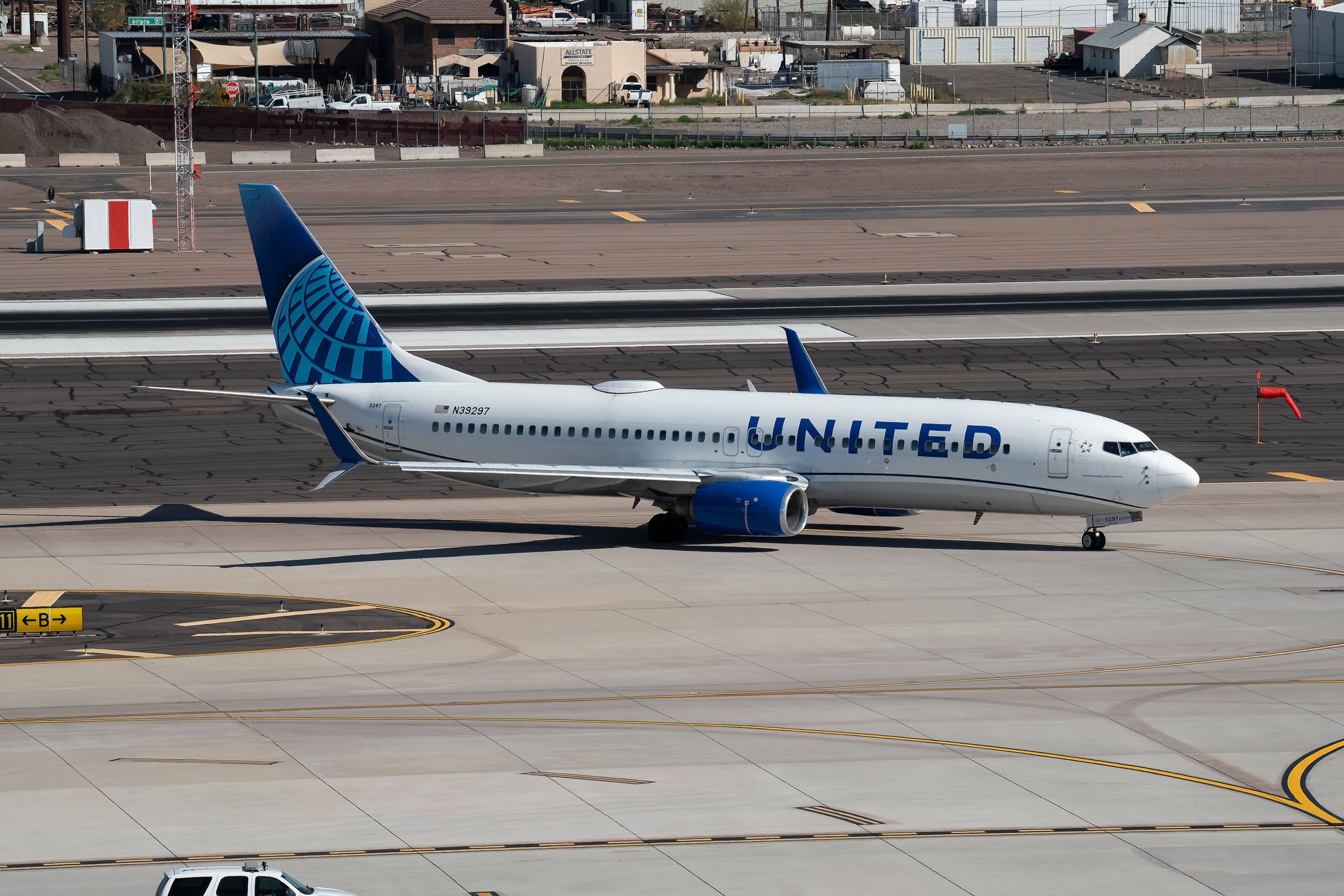Summary
- The US government is allocating $19.7 billion for airport infrastructure projects to improve passenger experience and safety.
- The bill reauthorizes the FAA with a budget of $105 billion, signaling sweeping changes in the aviation industry.
- AIP funding supports modernization efforts at over 3,000 airports nationwide, benefiting major hubs like Dulles and O’Hare as well as smaller airports.
The US has strengthened its commitment to support the country’s aviation industry by allocating almost $20 billion for airport infrastructure projects as part of its ongoing Airport Improvement Program (AIP). The bill reauthorizes the Federal Aviation Administration (FAA) for a further five years with a budget of $105 billion.
Photo: Markus Mainka | Shutterstock
The funding includes $19.7 billion set aside for the Airport Improvement Program, made up of $3.4 billion for the remainder of the 2024 fiscal year, followed by $4 billion per fiscal year thereafter, through to 2028. The bill was passed by the US Senate last week, and will now be reviewed by the US House of Representatives and, if approved, will be signed into law by President Biden shortly after.

Read more:
US Senate Passes Extensive $105 Billion Aviation Bill Focused On Safety And Passenger Rights
The bill brings sweeping changes to the aviation industry.
Increased funding for airport development will help to modernize facilities across the US, and will help to improve the passenger experience as demand for air travel nationwide continues to grow. The idea of increasing funding for airport infrastructure was proposed earlier this year, and at the time, the US Transportation Secretary, Pete Buttigieg, said,
“Under this administration, we are doing more to improve the travel experience than ever before, from expanding consumer protections to modernizing the physical infrastructure. These investments… will make it easier for passengers to get to and through airports, create jobs, and increase safety for all.”
What is the Airport Improvement Program?
The Airport Improvement Program was established as part of the Airport and Airway Improvement Act of 1982 to support the construction and development of airport facilities across the US. Over 3,000 airports across the country are eligible for AIP funding, from small regional airports to major international hubs.
Photo: Alex JW Robinson | Shutterstock
Last year, the AIP awarded more than $3 billion in funding, and among the airports to have benefited are:
- Washington Dulles International Airport (IAD) – $35 million to be used towards the construction of a new terminal building featuring 14 gates and access to the Aerotrain and Metrorail.
- Chicago O’Hare International Airport (ORD) – $40 million to redevelop the TSA checkpoint in Terminal 3 and update the facility’s baggage handling system.
- Spokane International Airport (GEG) – $2 million for two additional ticket counters and passenger boarding bridges, in addition to general improvements throughout the airport, including upgrades to plumbing and electrical infrastructure, greater use of solar energy, and a more efficient baggage handling system.
- Ted Stevens Anchorage International Airport (ANC) – $1.5 million to fund the installation of 110 audio and visual monitors throughout the airport to improve the passenger experience.
- Kahului Airport (OGG) – $8.6 million to develop a state-of-the-art TSA checkpoint featuring six new security lanes.
Photo: Robin Guess | Shutterstock
Specific plans for which airports will receive a share of the $19.7 billion have not yet been revealed, but more than 3,000 facilities across the country that make up part of the National Plan of Integrated Airport Systems (NPIAS) will be eligible.
What do you think of the Airport Improvement Program (AIP) and its aim to develop airport facilities across the US? Has your local airport benefitted from any of the funding? Let us know by commenting below.




